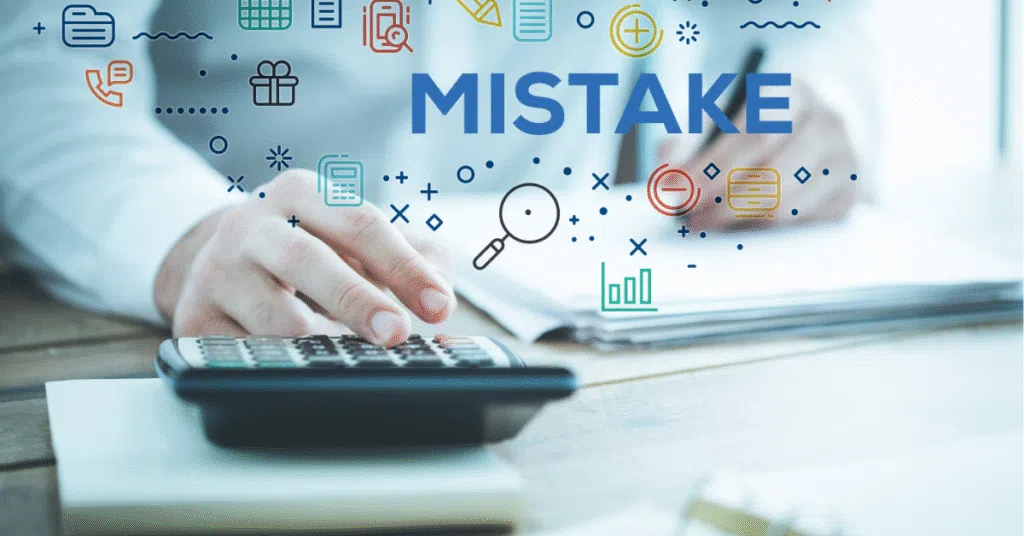Table of Contents
Introduction
In today’s global economy, accurate communication is more than a convenience—it’s a competitive necessity. Yet, many organizations underestimate the hidden risks of poor translation in global business. From legal disputes to damaged reputations, even a single error can result in lasting consequences.
This article explores the most common translation mistakes, their impact on international business, and practical steps to prevent costly errors.
How Poor Translation Affects Global Business

When contracts, product descriptions, or marketing materials are mistranslated, the message isn’t just lost—it can be dangerously misunderstood. The major problems with translation in business include:
- Lost business deals due to misinterpreted legal terms.
- Customer dissatisfaction from unclear instructions or product misuse.
- Cultural offence caused by poor localisation.
- Compliance violations from incorrect regulatory documents.
For global brands, translation is more than language—it’s a risk management strategy.
Common Business Translation Errors That Damage Companies

The most damaging business translation errors often stem from linguistic, cultural, and contextual gaps. Typical translation mistakes include:
- Literal translation without cultural adaptation.
- Omission or mistranslation of key terms, especially in legal and technical contexts.
- Overreliance on machine translation without professional review.
- Inconsistent terminology across regions and documents.
- Poor source text quality, which makes accurate translation harder.
Each of these errors can undermine trust, delay projects, or trigger financial and legal consequences.
The Real Cost of Inaccurate Technical Translations
Technical documentation—manuals, safety guidelines, installation guides requires precise and consistent translation. A single incorrect unit of measurement or missed instruction can cause product failures or even legal action.
The financial consequences of translation errors can include:
- Product recalls
- Customer support spikes
- Regulatory fines
- Brand damage in international markets
Investing in high-quality business translation services is more cost-effective than fixing expensive mistakes after the fact.
Why Professional Translation Services Are Critical for Business Success
Relying on unqualified translators or free tools is a high-risk strategy. Professional translation services ensure:
- Accuracy — full intent of the source text is preserved.
- Cultural sensitivity — messages adapted for local audiences.
- Consistency — across legal, marketing, and technical content.
- Timeliness — aligned with launches and deadlines.
How to Prevent Business Translation Errors
The good news is that translation errors can be prevented with the right strategy.
- Use Certified Human Translators
- Machine tools may help with speed, but human expertise is essential for legal, medical, and technical fields.
- Start with High-Quality Source Text
- Clear, error-free source material reduces the chance of confusion during translation.
- Apply Translation Memory and Terminology Tools
- These tools ensure consistent terminology across multiple projects.
- Include Post-Editing for Machine Translation
- If machine translation is used, always follow with professional editing to refine accuracy and style.
Related: Big Brands That Failed Due to Bad Translations
Choosing the Right Translation Partner
Selecting the wrong vendor can be just as damaging as a bad translation. When evaluating a business translation service, consider:
- Industry-specific experience
- QA and proofreading processes
- Use of technology like CAT tools and term bases
- Flexibility for scale and deadlines
- Legal and cultural expertise in target markets
Translation Excellence provides professional translation services trusted by businesses across industries. We combine human expertise with smart tech to ensure every project meets the highest standards.
Final Thoughts
Poor translation is a hidden liability that no global business can afford. From brand credibility to regulatory compliance, the risks are too great to ignore. By investing in accurate translation services, you protect your message, reputation, and bottom line.
Looking to avoid costly mistakes and ensure success in global markets?
Contact Translation Excellence today to work with certified professionals who deliver clarity, accuracy, and peace of mind in every language.
Related: How to Handle Source Texts with Poor Grammar in Translation
FAQs About Translation Errors
1. What is a poor translation?
A poor translation is one that fails to convey the original meaning, tone, or context of a text. It often results in confusion, misinterpretation, or even offence.
2. What are the consequences of translation errors?
The consequences include financial loss, damaged brand reputation, legal disputes, compliance violations, and customer dissatisfaction.
3. What is the role of translation in international business?
Translation enables smooth communication, legal compliance, cultural adaptation, and trust-building across global markets.
4. What are the challenges faced during translation?
Challenges include handling cultural differences, maintaining accuracy in technical content, avoiding literal translations, and ensuring consistency across documents.
5. What are the factors affecting translation?
Key factors include the quality of the source text, subject-matter complexity, cultural nuances, translator expertise, and the tools or technologies used.


